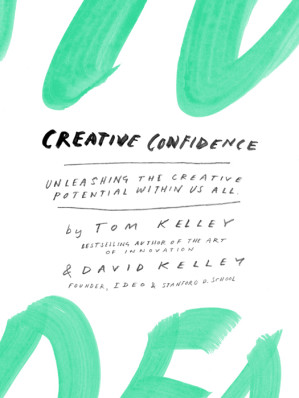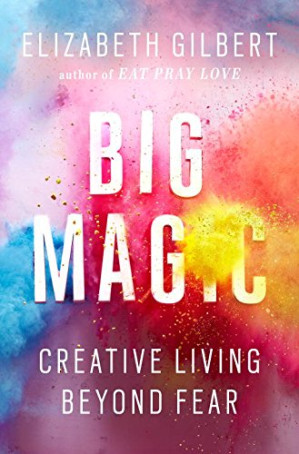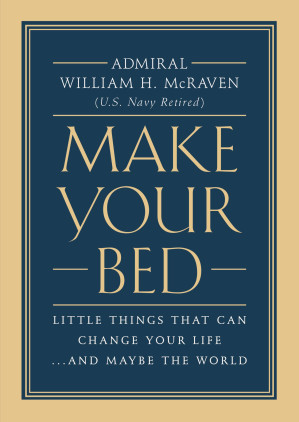Creative Confidence represents a significant contribution to how we understand and develop creativity in practical contexts. The Kelleys' approach bridges the gap between artistic creativity and business innovation, showing how creative thinking can be applied systematically to solve real-world problems.
The book's greatest strength lies in its demystification of creativity. By presenting creativity as a skill that can be developed through practice rather than an innate talent, the Kelleys make creative confidence accessible to everyone. Their emphasis on small experiments and iterative learning provides a low-risk path to building creative muscles gradually.
The integration of design thinking principles offers a structured framework for creative problem-solving that can be applied across diverse contexts—from product development to organizational change to personal growth. This systematic approach helps overcome the common fear that creativity is too mysterious or unpredictable to rely on for important decisions.
The Kelleys' work at IDEO and Stanford's d.school gives their insights practical credibility. The real-world examples and case studies demonstrate how creative confidence has transformed organizations and individuals, making the concepts feel immediately applicable rather than theoretical.









